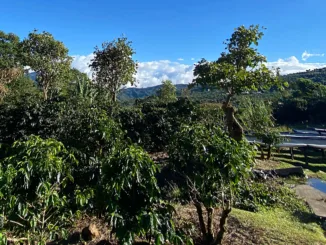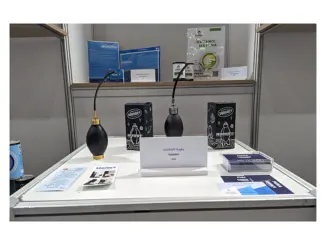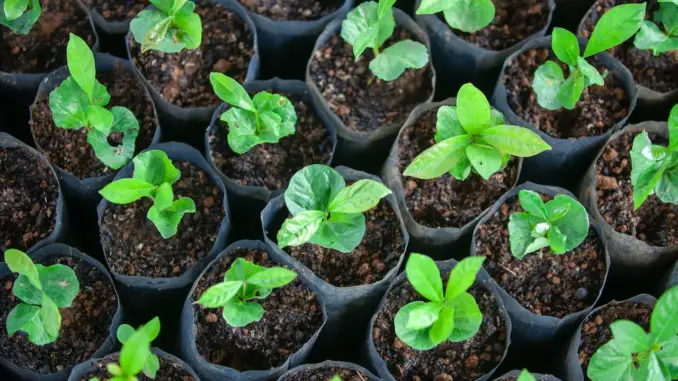
A complement to the organization’s arabica variety catalog, the new resource profiles 47 robusta varieties to help farmers make informed choices about what they plant.
BY CHRIS RYAN
BARISTA MAGAZINE ONLINE
Photos courtesy of World Coffee Research
In recent years, the robusta species of coffee—officially known as Coffea canephora—has gained more attention among coffee growers around the world. With the hardier robusta more able to weather changing conditions amid the climate crisis, as well as more consumers around the world interested in the species, robusta has become a topic of increasing interest.
In May, World Coffee Research (WCR), a nonprofit organization focused on agricultural research and development in coffee, released a new robusta resource with the Robusta Variety Catalog. Available in English and Spanish, the catalog profiles 47 robusta varieties—from origins such as Brazil, India, Indonesia, Uganda, Mexico, and Vietnam—using 20+ variables, including yield potential, stature, bean size, nutrition requirements, lineage, and susceptibility to pests/diseases.
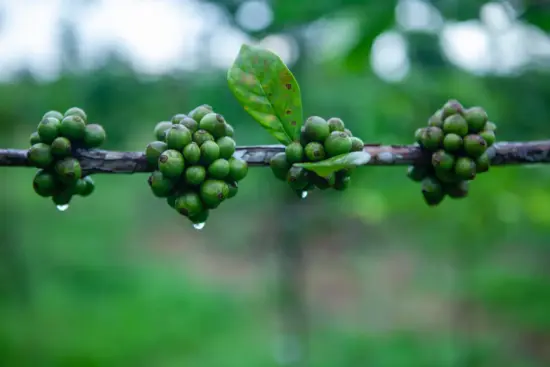
A Resource for Farmers
With robusta’s growing presence in the world’s coffee market, WCR hopes the catalog will lower the risk associated with coffee farming by providing direct information to enable farmers and other planting decision-makers to make an informed choice about what varieties will grow best in particular environments.
“Since our founding over 10 years ago, WCR has worked to empower farmers by making tools available to choose the right varieties for their farms and their markets—varieties that deliver high yield and better-tasting coffee in the long term,” says WCR’s chief executive officer, Dr. Jennifer “Vern” Long, in a press release. “And, now that robusta comprises 40% of the coffee produced and marketed globally, we saw the need to support farmers by creating this tool.”
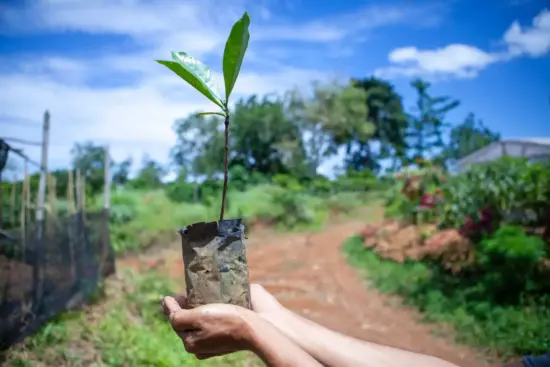
Assembling the Catalog
Creating the robusta catalog was about a yearlong process for WCR. The organization worked collaboratively to source data about varieties from breeders and other experts, including the Central Coffee Research Institute (CCRI), the Indonesian Coffee and Cocoa Research Institute (ICCRI), the Brazilian Agricultural Research Corporation (EMBRAPA), the National Coffee Research Institute of Uganda (NaCORI-Uganda), the Western Highlands Agroforestry Science Institute (WASI), and Nestlé’s Research Center.
“We started by convening experts that know a lot about robusta, including some breeders, some quality folks, and some exporters that have been supporting farmers to plant/grow robusta, to decide which variables matter the most for making planting decisions,” says Hanna Neuschwander, strategy and communications director for WCR, in an interview with Barista Magazine Online. “From there, we created a template and sent it to all the robusta breeders we could find, and asked if they would be willing to participate and share data about their varieties. Once they had submitted data, we worked with them to refine it and resolve any questions or things that weren’t clear. Finally, we circulated the complete data to a team of breeders and other experts to peer review it.”
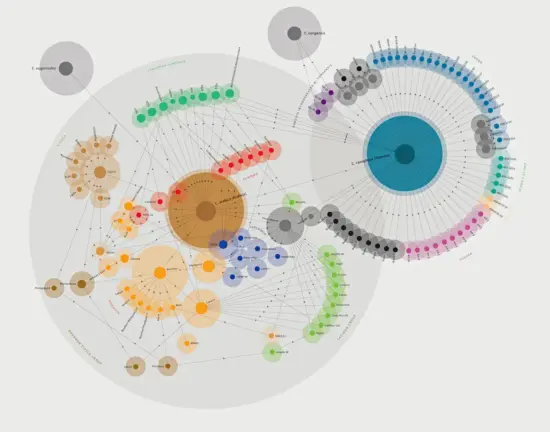
A Living Document
The varieties in the robusta catalog were selected for inclusion because of their economic, historical, cultural, or genetic importance. However, because the genetic diversity of robusta coffee is much larger than that of arabica—and it is only just beginning to be explored by breeders and the industry at large—significant gaps in data for many robusta varieties remain.
“We consider the variety catalog, which now covers both arabica and robusta, to be a living document,” says Hanna. “We published the first version in 2017, with only 33 arabica varieties; it has grown now to cover 57 arabica varieties and 43 robusta ones. We definitely plan to keep adding to it over time.”
Alongside the detailed variety profiles in the Robusta Variety Catalog, users can find a consolidated and peer-reviewed history of robusta as a species, which tracks it from its origins in central and western sub-Saharan Africa through its dispersal across Asia and Latin America to its cultivation today. In addition, the history provides a brief overview of the genetic diversity and conservation of robusta to provide users the opportunity to better understand how well-differentiated the various populations of this species are.
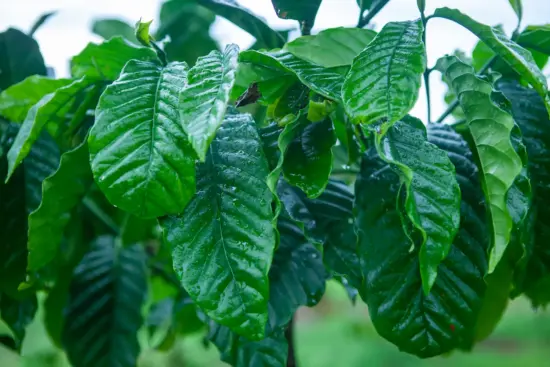
Fostering More Informed Decisions
With the catalog now released and in use by the coffee-growing community, Hanna says it will provide important, transparent information to farmers who need it.
“Every variety is different, and once planted it’s going to stay in the ground for 20-30 or more years, so it really matters that farmers have some information they can use to make a good choice for their situation, their needs,” Hanna says. “The catalog is also helping socialize and educate the industry more broadly about robusta; robusta has often been looked down upon, but demand for it is growing as more people around the world start drinking coffee for the first time, and as farmers consider their options for adapting to climate change. If the catalog is contributing even in some small way to renewed consideration of the role of robusta in the coffee sector, we see that also as a positive for robusta farmers.”
The catalog is hosted alongside WCR’s existing Arabica Varieties Catalog on the interactive website varieties.worldcoffeeresearch.org.


